Rabbits & Pocket Pets
1/6
There's no tags or description
Looks like no tags are added yet.
Name | Mastery | Learn | Test | Matching | Spaced |
|---|
No study sessions yet.
7 Terms
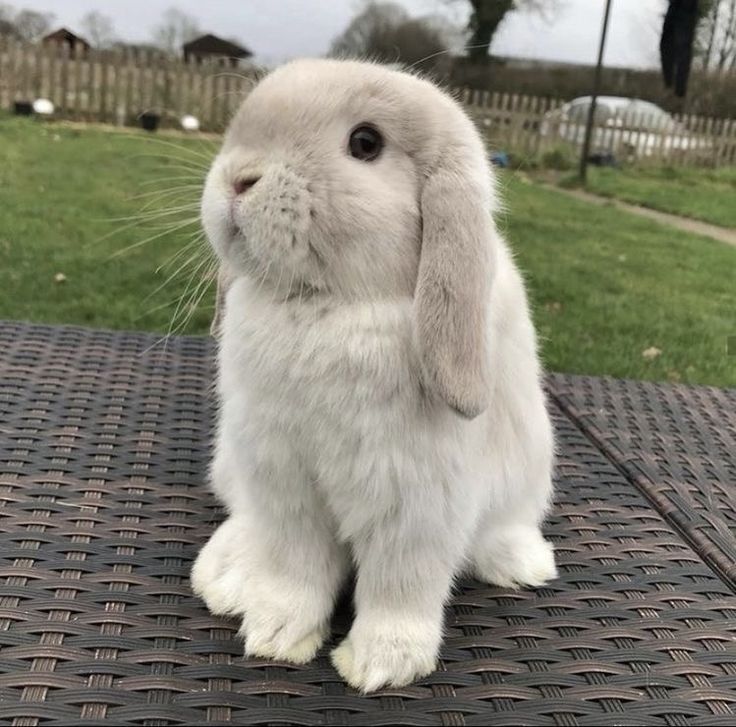
Rabbits
Popularity: 3rd most common pet in the US (overpopulation issues like dogs/cats)
Breeds: 50 recognized by ARBA, divided into heavy, average, light weight, and small.
Heavy (>5kg) - french lop, flemish giant
Average (3.5-4.5 kg): New Zealands white, grand chinchilla
Lightweight (2.5-3kg): Himalayan, dutch
Small (~1kg): Polish
Lifespan: 8-12 yrs
Gestation: 30-33d; “breeding like rabbits” = rapid reproduction
Common problems: uterine cancer, pasteurellosis (resp. disease), enteritis, overgrown teeth, sore hocks)
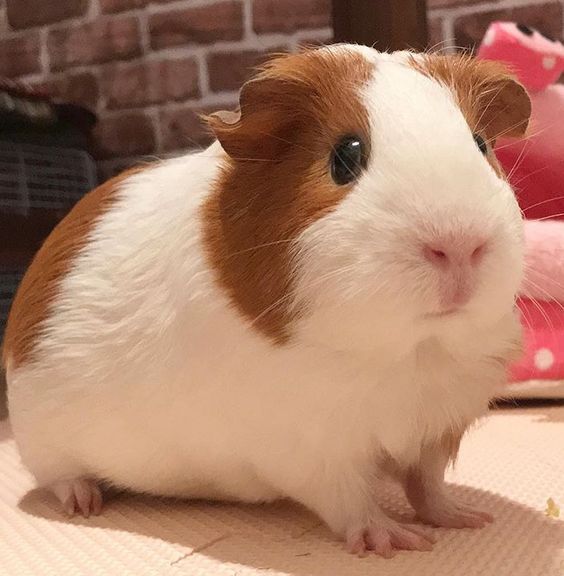
Guinea Pigs
Origin: Andes; originally bred for meat.
Breeds: 13 common (America, Abyssinian, Peruvian, Skinny pig).
Biology:
Female = sow, Male = boar
Lifespan: 4-8 yrs (up to 10)
Diet/Health:
Hind gut disease (need fiber).
Obesity is common (no natural “gut fill” signal)
Require vitamin C
Practices coprophagy
Problems: Heat stroke >85F, lice, mites, ringworm, alopecia, pneumonia
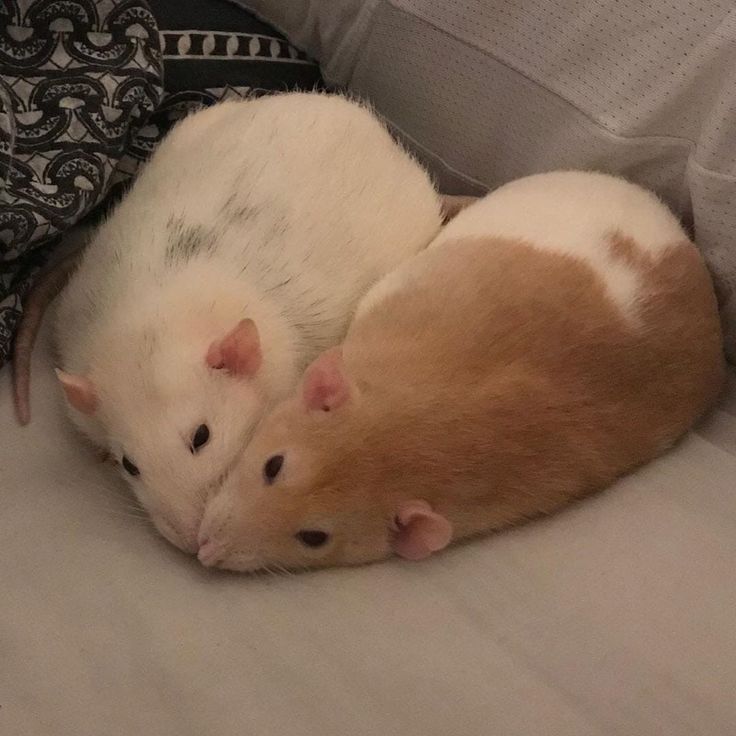
Mice & Rats
Species:
Rats: ~500 species, only 2 as pets
Mice: ~35 species, 1 mainly kept as pets
Care:
Social; shouldn’t be caged alone.
Intelligent (especially rats), clean, fun to watch.
Escape-proof cages essential
Clean cage 2-3x/week
Lifespan: Mice → 1-2 yrs; Rats → 2-3 yrs
Reproduction:
Gestation: Mice → 19-24d, females in heat every 4d
Separate sexes early to avoid accidental litters.
Health:
Rats: prone to respiratory issues, tumors, obesity
Handle carefully (delicate, esp w/ kids).
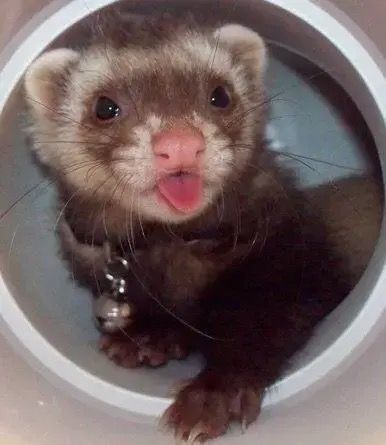
Ferret
Uses: historically for rabbit/rat hunting, racing, cable threading; now used for pets, show, fur research
Biology:
Domestication ferret = wild black - footed ferret
Litter: 5-13mkits; Gestation: 38-44d
Lifespan: 5-11 yrs
Male = hob; Female = jill
Diet: True carnivores; need high protein and fat (better than cat food).
Health:
Distemper = 100% fatal (vaccinated carefully)
Unspayed females risk aplastic anemia → must be bred or spayed.
Legal Issues: illegal in CA, HI, DC, and some counties
Behavior: tame, playful, trainable; can tolerate dogs/cats if introduced properly
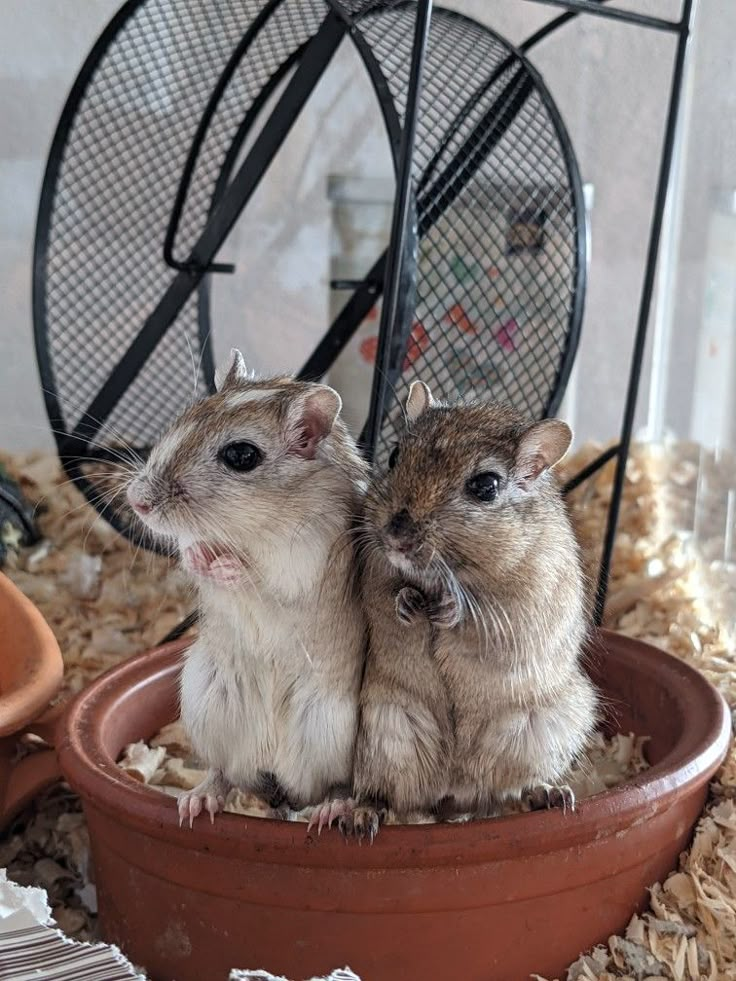
Gerbils
Most common: Mongolian gerbil
Health: Robust, fewer disease than many rodents
Traits: Nocturnal, monogamous, rarely bite, easy to tame.
Care:
Conserve water (low urine output → easy cage cleaning)
Reproduce quickly (gestation 24-26d, litters 4-6)
Lifespan: 3-5 yrs
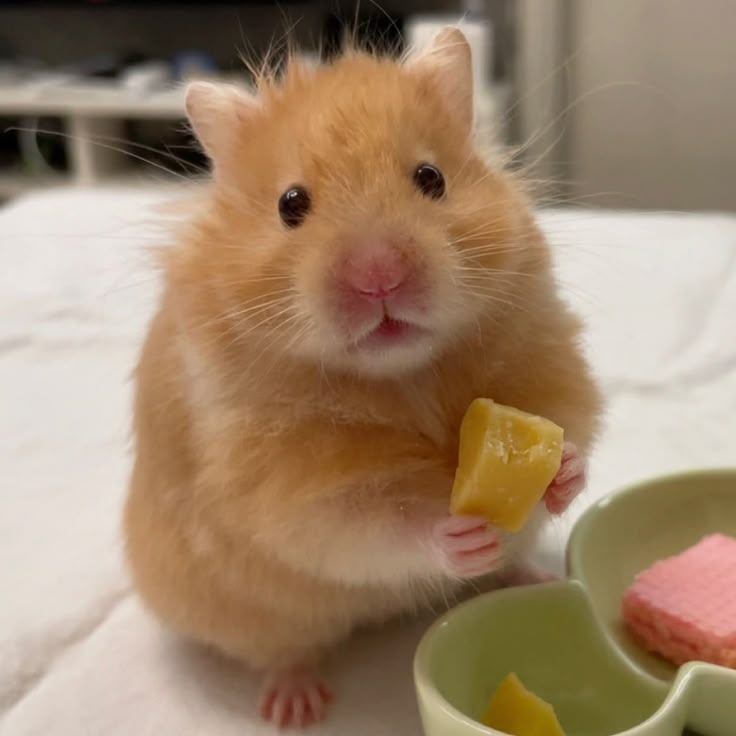
Hamsters
Species: Golden hamster (most common), Chinese hamster (second).
Traits: Nocturnal, short tails, sensitive to noise.
Behavior:
Females dominant, can be aggressive
Prefer solitary housing (fight if grouped)
Can bite if startled
Care:
Hibernate: <5C
Cage: must be escape and chew-proof
Diet: commercial feeds
Lifespan: 1-3 yrs
Reproduction: Gestation 16d, cycle every 4d; remove female post-matting (may attack male)
Heath: Common disease = wet tail diarrhea (serious).
Facts about Rabbits
Not rodents; descendants of European wild rabbits.
Terms: Female = doe, Male = buck
Cannot vomit (risk of hair balls - brush regularly)
Hind gut digesters; need high fiber, practice coprophagy (eating feces)
Susceptible to stress (cardiac arrest possible)
Heat Stroke Risk >85F
Allergic reactions to rabbit dander are common.
Care tips:
Spaying reduces cancer risk.
Avoid gifting rabbits
30 hrs outside cage for playtime a week recommended